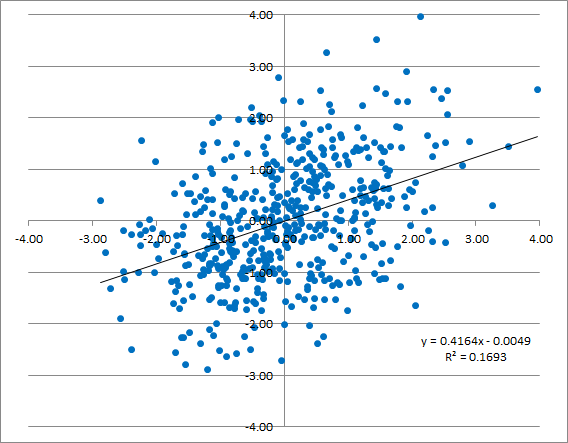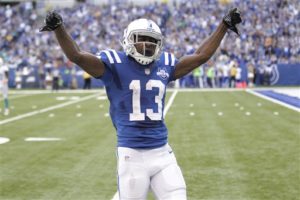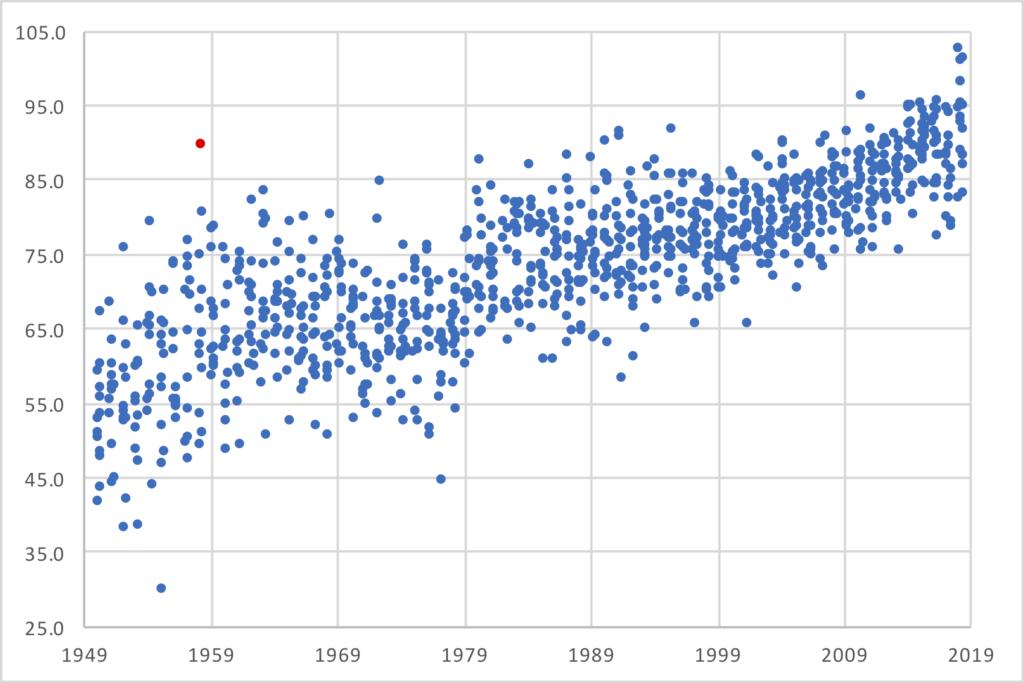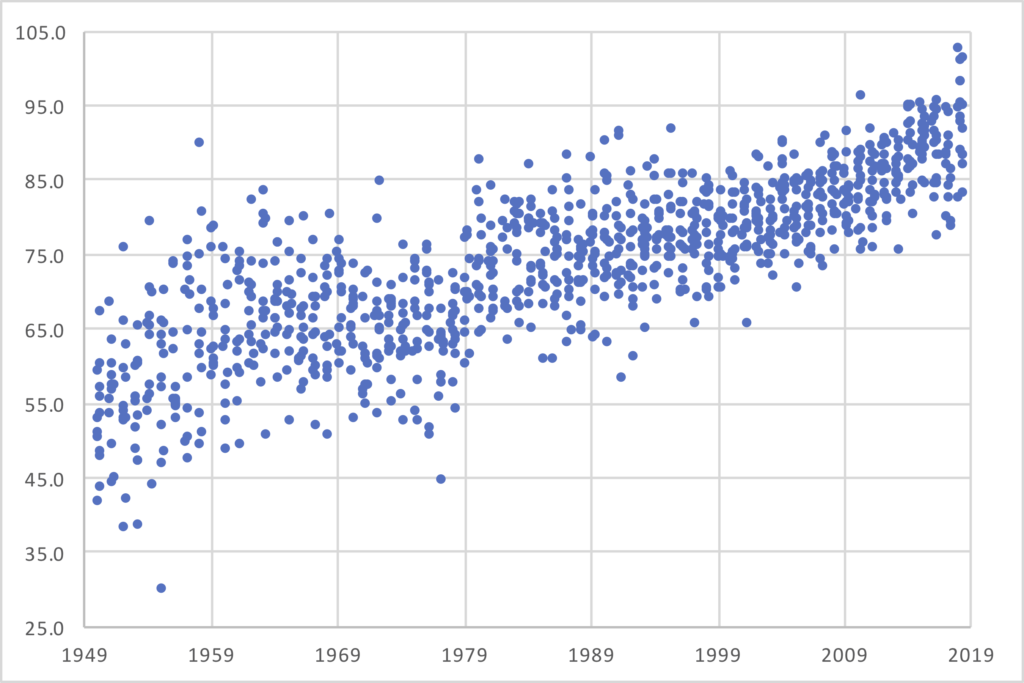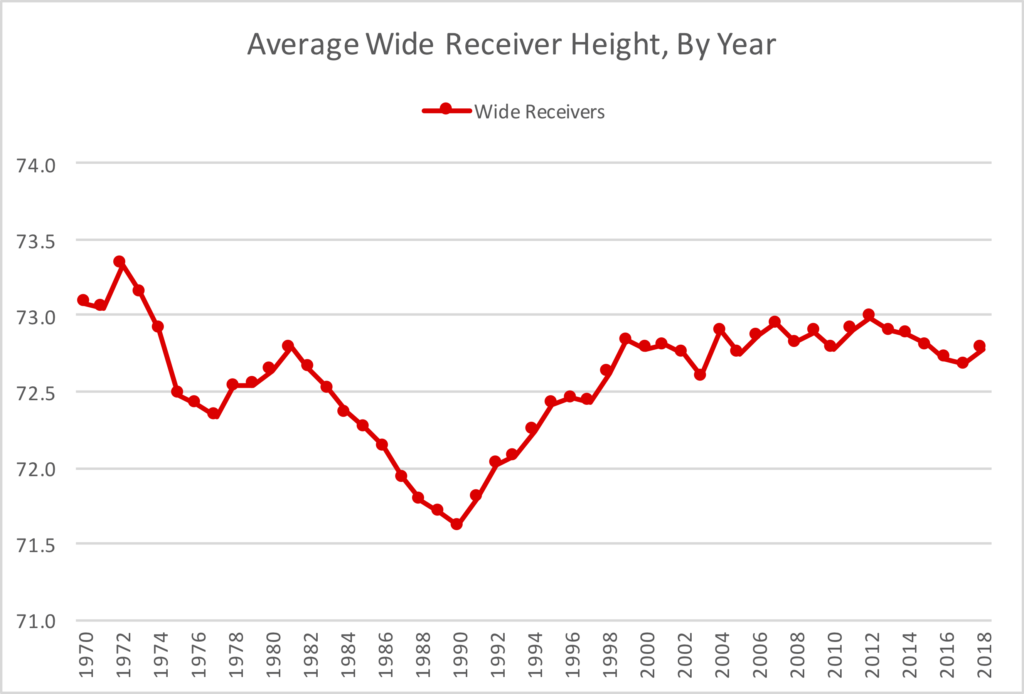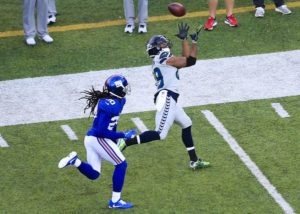Outstanding. Now the real question? Want to be a Footballguy?
That was the e-mail I received from David Dodds on June 6, 2002. The co-owner of Footballguys.com then and now, Dodds was replying to a freelance article I submitted to his site. Two days later, my article was posted, and I had become a paid writer. Today, I will share some of what I have learned over the last 17 years with you.
- The more you write — and read — the easier writing becomes. Writing every day or writing a long piece sounds daunting, but you will be aided by momentum for most of the journey. Reading other work in your field will naturally elicit a thought that you can put to paper. And anytime I write an article, there’s always an idea for a future piece embedded in that work. I have now written a post for 2,548 consecutive days, and I can promise you it gets easier.
- Serious writers need to do three things: Write, Publish, and Promote. Many want to write, or think they would be good writers, but that’s about as far as they ever go. There are no barriers to entry when it comes to writing. Other people will write but delay to publish their work. For me, reader feedback is an incredibly important (hence the promote part) part of the process. Vince Lombardi said it best: “Practice doesn’t make perfect. Perfect practice makes perfect.” Without outside feedback and criticism, you are likely to continue making the same mistakes. You are essentially living in a one person bubble, and that’s a bad environment in which to grow. There are many problems with people on the internet, but one thing people on the internet are really good at is telling you when you did something wrong. For writers, I think that’s a good thing.
- Read good writers. As often as you can. It remains the cheat code to becoming a good writer.
- There is no money in writing. There are exceptions, of course, but readers of this blog don’t get blinded by exceptions. I wish there was money in writing, but that’s just not the case. Do not go into writing to make money. I think of writing the way I think of exercise: it’s just plain good for you in ways that, ironically, are difficult to articulate. But it’s for you the way exercise is for you: do it because you enjoy it, not to make money. Please don’t go into writing to make money.
- Don’t let the perfect be the enemy of the good. This applies in a couple of ways.
- Occasionally, my posts will have typos or errors. That happens and it doesn’t bother me. 100% accuracy should not be your goal in writing just like your goal in life shouldn’t be to never make a mistake. I post something every day, and being 95% accurate every day of the week is preferable, I think, to being 100% accurate three times a week. Also, nobody is 100% accurate.
- We all want to write that seminal piece that changes the way people think forever. That’s great, but it takes also takes forever to write that piece. And here’s a neat trick: if you publish Part 1 of your topic early on, you can use reader feedback to get to your destination much quicker than you can by brainstorming. I have also found that you are more likely to write That Great Article if you write 10 articles that you think are decent than one article that you think is The One. That’s because you will be shocked at how bad you are at predicting what reader reaction will be to your article. Unless it’s about Peyton Manning and Tom Brady.
From time to time people ask me how I got into football writing. The rest of this post (an update from 2013) will explain just that. Seventeen years ago, there was no twitter, and neither blogging nor fantasy football was mainstream. My brother was and is a sports anchor/reporter (and a great one at that), and he was the writer in the family. I was just an 18 year old who hated writing and was good at math. [continue reading…]



